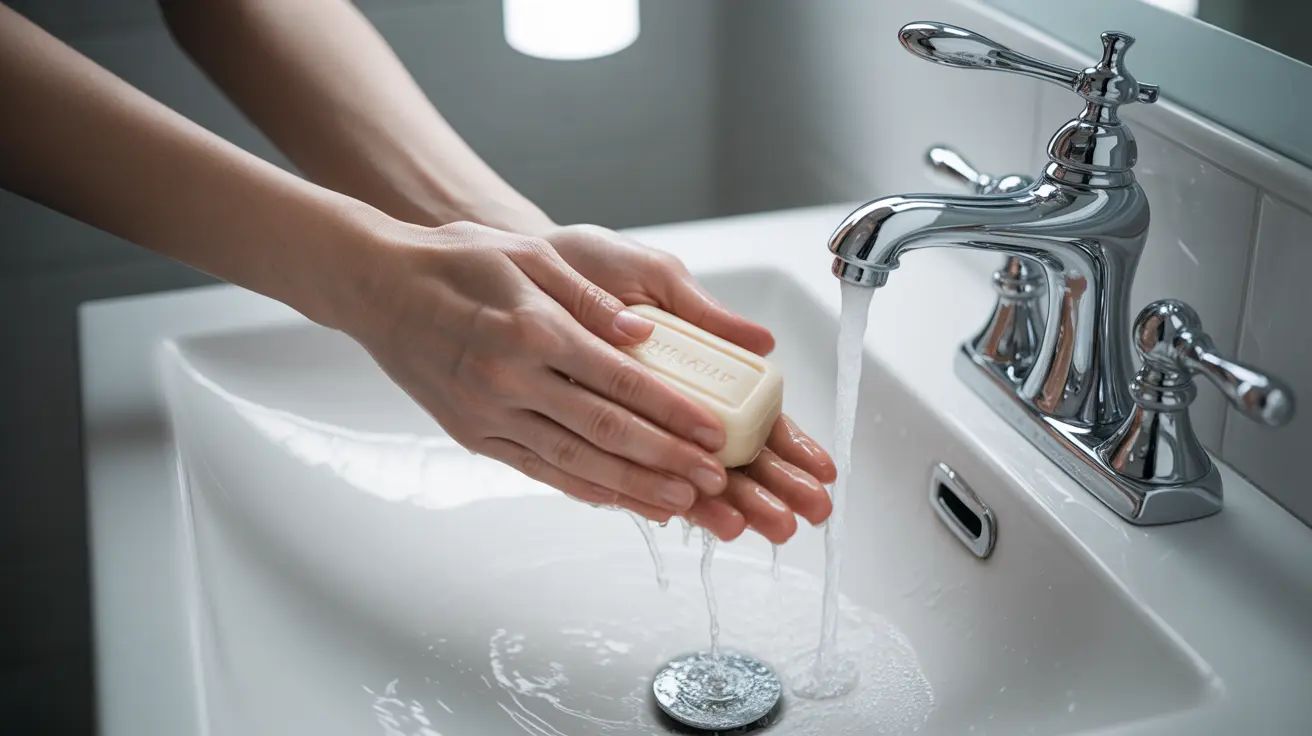When you've been exposed to someone with a stomach virus, taking immediate action can significantly reduce your risk of getting sick. Understanding the right preventive measures and timing is crucial for protecting yourself and other household members from this highly contagious illness.
This comprehensive guide will walk you through evidence-based strategies to minimize your risk of catching a stomach virus after exposure, including proper handwashing techniques, cleaning protocols, and essential preventive measures.
Immediate Actions After Exposure
The first few hours after exposure to a stomach virus are critical for prevention. Focus on these immediate steps to reduce your risk of infection:
- Wash your hands thoroughly with soap and warm water for at least 20 seconds
- Avoid touching your face, especially your mouth and nose
- Clean and disinfect any shared surfaces
- Keep distance from the infected person if possible
- Use separate bathroom facilities if available
Proper Handwashing Techniques
Effective handwashing is your first line of defense against stomach viruses. Follow these specific steps:
- Wet hands with clean running water
- Apply soap and create a good lather
- Scrub all surfaces of hands for 20 seconds
- Pay special attention to fingernails and between fingers
- Rinse thoroughly with clean water
- Dry hands with a clean towel or air dry
When to Wash Hands
Be especially vigilant about handwashing during these critical times:
- Before and after food preparation
- After using the bathroom
- After cleaning up after someone who is sick
- Before eating
- After changing diapers
- After touching commonly used surfaces
Safe Food Handling and Kitchen Hygiene
Proper food handling is essential when someone in your household has a stomach virus. Implement these safety measures:
- Use separate cutting boards and utensils for different food types
- Wash all fruits and vegetables thoroughly
- Cook foods to safe internal temperatures
- Store leftover foods promptly and at proper temperatures
- Use separate dishes and utensils for sick household members
Cleaning and Disinfection Protocols
Create a thorough cleaning routine focusing on high-touch surfaces:
- Use EPA-registered disinfectants effective against norovirus
- Clean bathroom surfaces multiple times daily
- Disinfect doorknobs, light switches, and remote controls
- Wash potentially contaminated clothing and bedding in hot water
- Use separate cleaning supplies for affected areas
Monitoring for Symptoms
Watch for these common symptoms of stomach virus infection:
- Nausea and vomiting
- Diarrhea
- Stomach cramps
- Low-grade fever
- Body aches
- Fatigue
Frequently Asked Questions
What are the most effective handwashing techniques to prevent getting a stomach virus after exposure? The most effective technique includes washing with soap and warm water for at least 20 seconds, ensuring you clean between fingers, under nails, and all hand surfaces. Use clean running water and dry thoroughly with a clean towel.
How can I safely handle food and avoid contamination after someone in my household has a stomach bug? Use separate cutting boards and utensils, wash hands thoroughly before and after food preparation, clean all surfaces before cooking, and ensure proper food storage temperatures. Consider using disposable gloves when preparing food.
What cleaning and disinfecting measures can reduce the risk of catching a stomach virus after exposure? Use EPA-registered disinfectants, focus on high-touch surfaces, clean bathroom areas frequently, wash contaminated items in hot water, and maintain separate cleaning supplies for affected areas.
How soon after exposure to a stomach bug might symptoms appear, and when should I seek medical help? Symptoms typically appear within 12-48 hours after exposure. Seek medical help if you experience severe dehydration, bloody stools, fever above 103°F, or symptoms lasting longer than three days.
Does using hand sanitizer protect against stomach viruses, or is handwashing necessary? While hand sanitizer can help in a pinch, proper handwashing with soap and water is more effective against stomach viruses. Many hand sanitizers are less effective against norovirus and other stomach bugs compared to thorough handwashing.




